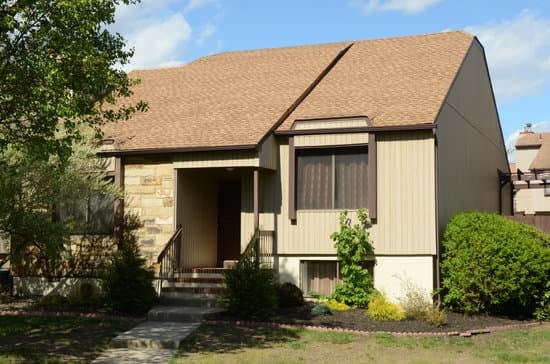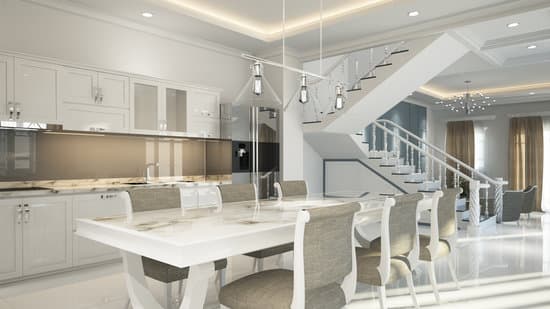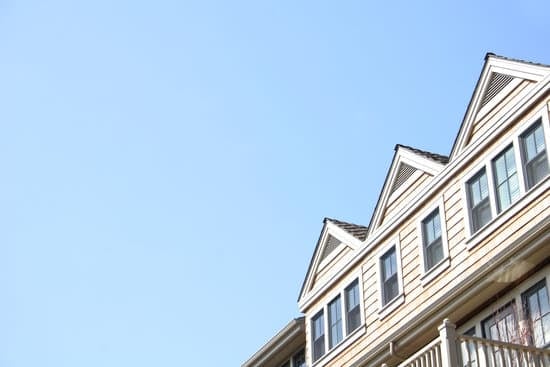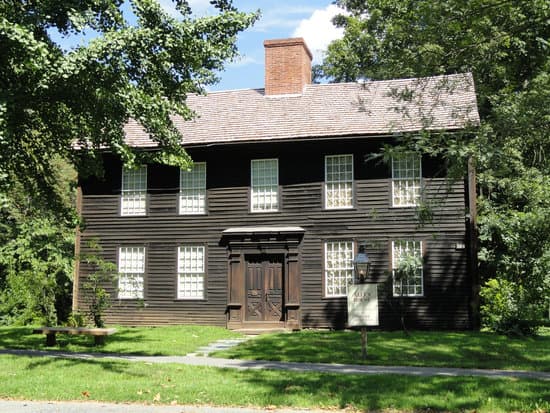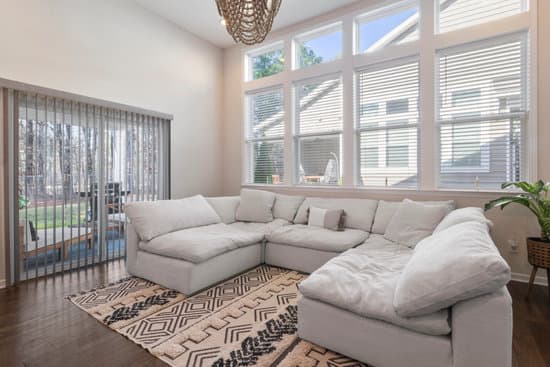Interesting Read What is the most expensive part of a tiny house? Hint: It's not the square footage.
Streetscape: Defining the Appearance
Streetscape is an important aspect of urban design, as it shapes the overall appearance and character of a street. It includes everything visible and tangible, from the layout of buildings, sidewalks, streetlights, trees, and even litter bins. The streetscape has a powerful impact on how people experience the street, especially pedestrians, and it can influence their behavior and feelings towards the surrounding environment. The design of streetscapes must consider a wide range of factors, such as the cultural and historical context of the area, the needs of local residents and businesses, and the overall function of the street. For example, a busy commercial street may require wider pavements and more street furniture, while a residential street may prioritize greenery and traffic calming measures. Some key elements of the streetscape include:- The layout and scale of buildings
- The design of pavements, including materials and patterns
- The placement of street furniture, such as benches, lights, and litter bins
- The presence of natural elements, such as trees, plants, and green walls
- The use of street art, murals, and other decorative features.
The Importance of Public Spaces in Urban Design
Public spaces are a crucial element of urban design, as they provide places for people to gather, socialize, and engage in various activities. They include parks, plazas, squares, and other communal areas that are publicly accessible. Public spaces have numerous benefits, including improving the quality of life for local residents, promoting social cohesion, and adding to the character of the city. When designing public spaces, it is essential to consider the needs of the community and the overall function of the area. For example, a park may need to include playgrounds, sports facilities, and seating areas, while a plaza may prioritize open space for events and performances. Some key elements of public space design include:- The size and shape of the space
- The availability of shade and seating
- The presence of greenery and natural elements
- The accessibility of the space for all members of the community
- The inclusion of public art, sculpture, and other features
Building Design: An Integral Component of Urban Design
Building design is an important part of urban design, as it shapes the appearance and functionality of the built environment. Buildings can have a significant impact on the character of a street or neighborhood, and they can influence how people feel about the area. Good building design considers a range of factors, including the needs of the community, sustainability, accessibility, and innovation. When designing buildings in an urban context, it is essential to consider the surrounding context and the overall function of the area. For example, a building in a historic district may need to follow specific guidelines and use traditional materials, while a modern office building may prioritize energy efficiency and flexible spaces. Some key elements of building design include:- The relationship between buildings and the surrounding environment
- The use of materials and construction techniques
- The layout and flexibility of interior spaces
- The inclusion of sustainable features, such as green roofs and solar panels
- The accessibility of the building for all users, including those with disabilities
Accessibility in Urban Design: Designing for All
Accessibility is a fundamental principle of urban design, as it ensures that all members of the community can access and use the built environment. This includes people with disabilities, older adults, parents with young children, and others who may face barriers to mobility or participation. Good urban design considers the needs of all users and aims to create a safe, inclusive, and welcoming environment. When designing for accessibility, it is essential to consider a range of factors, including the layout of streets, pavements, and public spaces, the placement of transportation stops, and the design of buildings and interiors. This includes the use of ramps, lifts, and other assistive technologies, as well as the provision of accessible seating, signage, and other features. Some key elements of accessibility design include:- The provision of wheelchair ramps and other assistive technologies
- The inclusion of accessible seating and signage
- The use of tactile pavement markings and audible signals
- The placement of transportation stops in accessible locations
- The creation of clear and well-lit wayfinding routes
Sustainability: A Crucial Element of Urban Planning
Sustainability is an essential element of urban design, as it ensures that the built environment meets the needs of the present without compromising the ability of future generations to meet their own needs. Sustainable urban design considers a range of factors, including the use of energy-efficient technologies, the reduction of waste and pollution, the conservation of natural resources, and the promotion of healthy and active lifestyles. When designing for sustainability, it is essential to consider a range of factors, including the location and orientation of buildings, the use of renewable energy sources, the conservation of water and other resources, and the creation of green spaces and public transportation systems. Some key elements of sustainable design include:- The use of renewable energy sources, such as solar or wind power
- The conservation of water through efficient systems and technologies
- The reduction of waste and emissions through recycling and green technologies
- The creation of green spaces and public transportation systems to reduce the use of cars
- The promotion of active and healthy lifestyles through walkable and bikeable streets and parks
Density in Urban Design: Balancing Growth and Preservation
Density is an important element of urban design, as it can have a significant impact on the character and livability of a city. High density areas can offer increased opportunities for social interaction, economic growth, and cultural exchange, but they can also lead to overcrowding, congestion, and a loss of green spaces. Good urban design aims to balance the benefits of density with the need to preserve the natural environment and promote a high quality of life for residents. When designing for density, it is essential to consider a range of factors, including the availability of transportation options, the distribution of jobs and services, the provision of affordable housing, and the preservation of natural and cultural resources. Some key elements of dense urban design include:- The provision of public transportation systems and active transportation options
- The creation of mixed-use developments that combine residential, commercial, and cultural spaces
- The promotion of affordable housing options for all residents
- The preservation of natural and cultural resources through thoughtful planning and conservation strategies
- The creation of public spaces and green areas to provide opportunities for recreation and relaxation
Creating a Strong Identity through Urban Design
Identity is an important element of urban design, as it contributes to a city’s unique character and sense of place. A strong identity can attract tourism, investment, and cultural exchange, while a lack of identity can lead to a sense of disconnection and dissatisfaction among residents. Good urban design aims to create a strong and recognizable identity for a city that reflects its history, culture, and values. When developing an identity for a city, it is essential to consider a range of factors, including the local culture and history, the needs and aspirations of residents, and the overall function of the area. This can include the use of public art, historic preservation, and cultural festivals and events. Some key elements of identity design include:- The use of public art, murals, and sculptures to create a unique and recognizable visual identity
- The preservation of historic buildings and landmarks that have cultural or architectural significance
- The creation of cultural festivals and events that showcase the diversity of the community
- The inclusion of public spaces that reflect the values and aspirations of residents
- The promotion of local businesses and industries that contribute to the identity of the city





